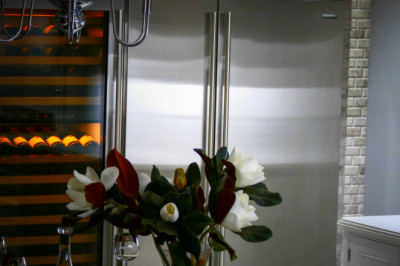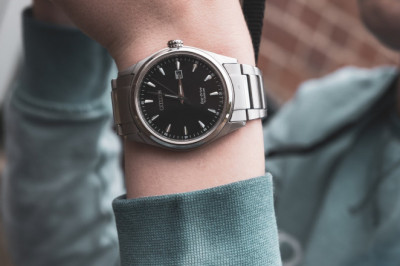views

SpiceJet’s Boeing 737 MAX resume operations after more than two years
Spicejet’s Boeing 737 MAX aircraft returns to operations after around two-and-a-half years. The return of these aircraft aims to be sustainable and play a major role in expanding the network. The airline will be deploying these aircraft on both domestic as well as international routes.
SpiceJet celebrated the return to service of the 737 MAX with a special flight from New Delhi to Gwalior on November 23 with the union minister for Civil Aviation, Shri. Jyotiraditya M. Scindia, CMD SpiceJet, Ajay Singh, President, Boeing India, Salil Gupte, senior aviation ministry officials and media persons on board.
SpiceJet had signed a $22 billion deal with Boeing for up to 205 aircraft in 2017 and has 13 of these planes in its fleet at present.
Since the Federal Aviation Administration’s (FAA) un-grounding in November 2020, more than 175 out of 195 global regulators have opened their airspace to the 737 MAX. More than 32 airlines have returned their fleets to service and those airlines have safely flown over 235,000 commercial flights, totaling more than 575,000 flight hours.
The MAX 8 can fly up to 3500 nautical miles which are approximately 19 percent more than 737-800 enabling the airline to fly to newer destinations. The 737 MAX is the most environmental friendly aircraft. It uses up to 20 percent less fuel than older 737s. The new CFM Leap engine, made from ultra-light and ultra-strong carbon blades, increases the fuel efficiency of the MAX by 12 percent, the all-new advanced technology winglet increases fuel efficiency by 1.8 percent and the new tail cone by another 1 percent. The new jet has 40 perfect lesser noise footprint translating into a quieter and silent cabin. The nitrogen emissions of 737 MAX has been reduced by 50 percent.
Ajay Singh, chairman and managing director, SpiceJet said, “I am extremely excited to see the 737 MAX, the mainstay of our fleet, back into operations. The return of the MAX will be a game-changer for SpiceJet and allow us to offer a vastly superior flying experience to our passengers. After the intense scrutiny this aircraft has gone through, I can say with full confidence that it’s the safest aircraft to fly.”
“The return of the MAX comes at the perfect time for SpiceJet. With passenger traffic picking up and the government allowing airlines to operate at full capacity, our new planes will allow us to expand our network ahead of the busy travel season and play a major role in our future expansion. With significant cost-saving capabilities, we expect a significant reduction in our operating costs improving our bottom line.”
“The 737 MAX is a key part of SpiceJet’s sustainability focus and will dramatically reduce noise pollution and greenhouse gas emissions. Passengers will benefit from a large number of premium seats and broadband internet that we plan to offer onboard.”
SpiceJet’s state-of-the-art MAX aircraft are equipped with Satcom that will enable the airline to offer internet onboard.
For SpiceJet’s full fleet of up to 205 airplanes, the MAX will emit up to 750,000 fewer metric tons of CO2 and save up to 240,000 metric tons of fuel per year, which translates to more than $317 million in cost savings annually. Lower cost and lesser days out of service will result in up to $4 million savings.
The Boeing 737 MAX can fly non-stop to Singapore, Doha, Kuwait, Abu Dhabi, Riyadh, Kuala Lumpur, Tehran, Salalah, Kunming (China), Krabi, Moscow, Istanbul among other international destinations from various international airports in India. With a one-stop, the aircraft can easily fly up to Finland, Norway, Morocco, London and Amsterdam.
SpiceJet’s 737 MAX 8 comes with all-new interiors. Inspired by the 787 Dreamliner’s advanced aesthetics, the cabin design promises to redefine travellers’ experience. Instead of shelf-type stow compartments bordering the aisle, the 737 Boeing Sky Interior features stow bins that tuck up and are out of the way when closed. This results in a roomier, more open in-flight environment with unobstructed views, whether passengers are standing or seated.
Current Issue - October 2021












